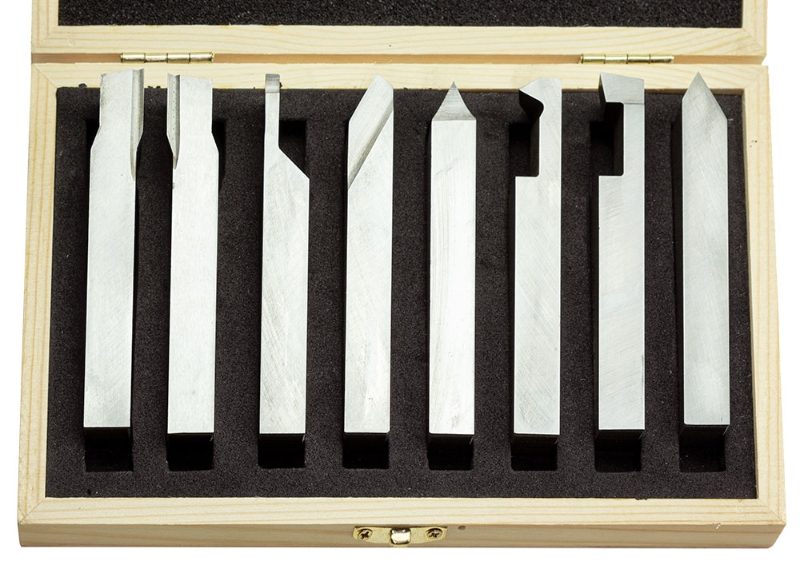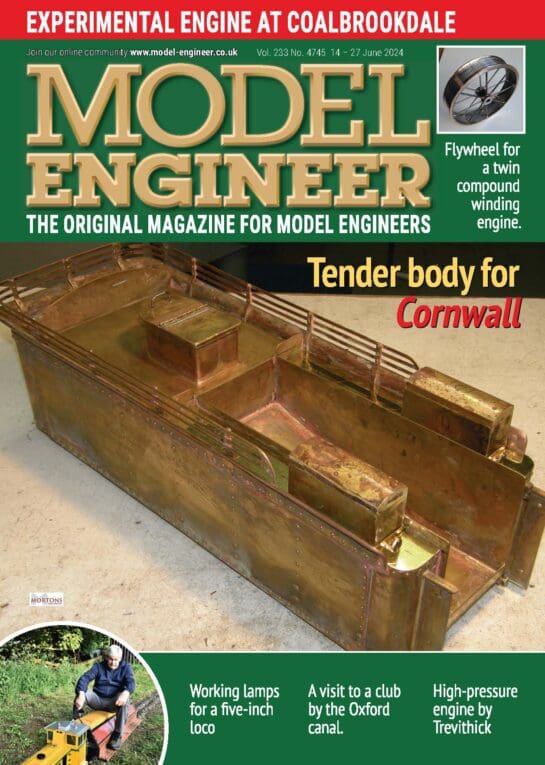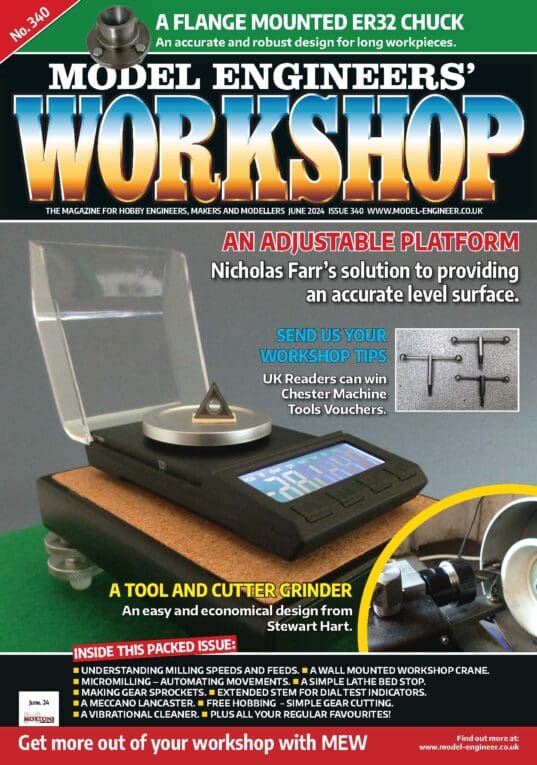I use both, often depending on material and purpose; but having started to use carbide inserts as The Thing To Do, now use HSS more, on both my Myford and Harrison lathes. I use inserts for thread-cutting though.
The latter lathe, an L5, is a big hefty thing on which an insert tool ought remove a fair amount of steel rapidly, but it has no coolant system and I prefer to run it more gently. In fact I don’t find a great difference in finish between the two types of tool by speed, but much more by material, but anyway it is often easier to gain a better finish with HSS.
.
Steel tools have the advantage of price over inserts! Inserts are about £5 each, typically, and each single-use edge does not last long. Their trade catalogues reveal a bewildering range and very short lives, admittedly in industrial use on machines with very fine control, and capable of excavating the oddest of alloys at terrifying rates. There, they win on price by their reliability, work rate and repeatability.
Our suppliers – I buy from JB Cutting Tools – offer selections to give us the best results on our more modest machine-tools with fairly “ordinary” metals, more sedate speeds and a mix of self-acting and hand feeding.
If you do intend using carbide indexable tooling extensively it is a good idea to keep an explanation of the umpteen-CHR$ designation system for inserts and holders.
Leading from which, unless you buy full sets of 10 at a time the stockist might pack them in boxes still labelled with their original, different contents. This likely due to we more impecunious types buying smaller numbers at the exhibitions, leaving the seller with irregularly-emptied trade boxes! (Sorry, Mrs. Beatty.)
.
Is grinding an HSS tool especially difficult, as implied above?
Of course it demands practice and knowing basic tool geometry, but needs only an ordinary grey-grit bench-grinder. The apology for a tool-rest on most of them is the biggest obstacle to decent results, but it is not too difficult to make a larger, adjustable replacement that can be set to the appropriate angles to the wheel by using simple sheet-metal gauges. See for example Harold Hall’s book on the subject.
The angles are not super-critical, either. Within a degree or so is usually fine (except when profiling a tool for screw-cutting or similar.)
If you grind a tool from an HSS blank it may be worth rough-cutting the bulk off with an angle-grinder to save wear on the bench-grinder wheel.
Note that the side of a grinding-wheel should not be used. The slightly concave face naturally imparted by the wheel rim is rarely if ever of any consequence, and hardly noticeable anyway.
Honing the ground cutting edge with a hand-held slip-stone can help give finer finishes or touch up one just starting to blunt, but it takes a steadier hand and better eyes than mine to avoid inadvertently blunting the edge in doing so.
Howard Lewis.








